MEDICAL DEVICE COMPONENTS
Medical Device Components
As a professional manufacturer of precision mechanical parts, FUTURE PRECISION is a one-stop provider for medical device components.
Medical devices demand extreme precision, often requiring tolerances at the micron level. CNC machining, with its superior program-controlled accuracy, meets these high standards, laying the foundation for the high-performance operation of medical equipment. For instance, in surgical instruments such as scalpels and forceps, the sharpness of blade edges and the fineness of tips rely on the precision of CNC machining.
With continuous advancements in technology, FUTURE PRECISION’s CNC machining is also evolving. Innovations like 5-axis simultaneous machining and micro-machining will further enhance the efficiency and precision of medical device manufacturing. These developments will better meet the medical industry’s ongoing demand for high quality and safety, injecting sustained momentum into the progress of healthcare.
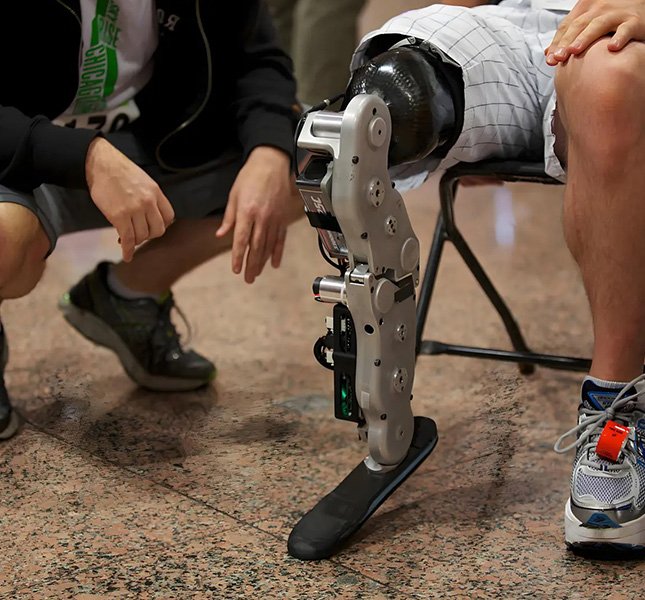
Types of Medical Device Components We've Made
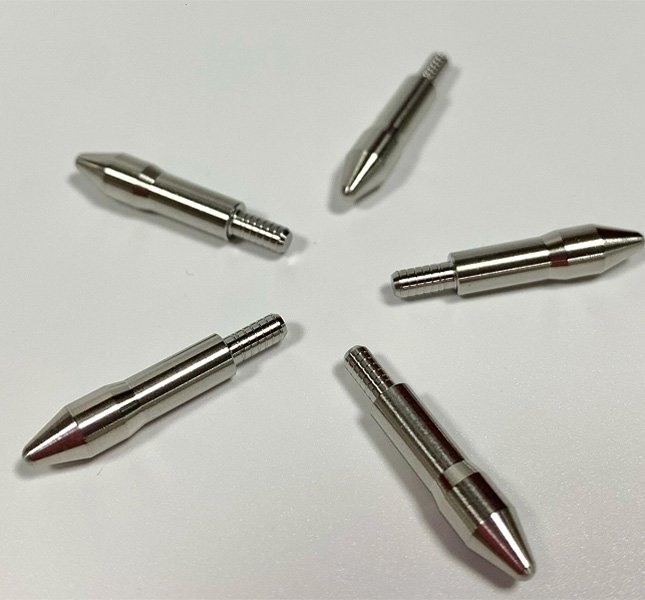
Nozzle Materials:
Tungsten steel, stainless steel, zirconia ceramic, tool steel, etc.;
Min. Inner Hole:
≥ Ø0.03mm (OD ≥ Ø0.03mm);
Acurracy :
±0.0005mm (TOL ≥ 0.5μm);
Concentricity/Roundness: Up to ±0.0005mm (0.5μm);
Inner Hole Mirror Polishing: Ra ≤ 0.2μm;
Quality Control: 40x microscope inspection upon delivery for dimensional accuracy and polished surface integrity; both end faces free from rolled edges or chips.
Applications:
Precision dispensing for controlled flow and high-speed operations with adhesives including SMT paste, conductive silver paste, LED phosphor glue, IC encapsulant, underfill, UV glue, red adhesive, grease, sealant, silicone, epoxy, conformal coating, solder paste, etc.
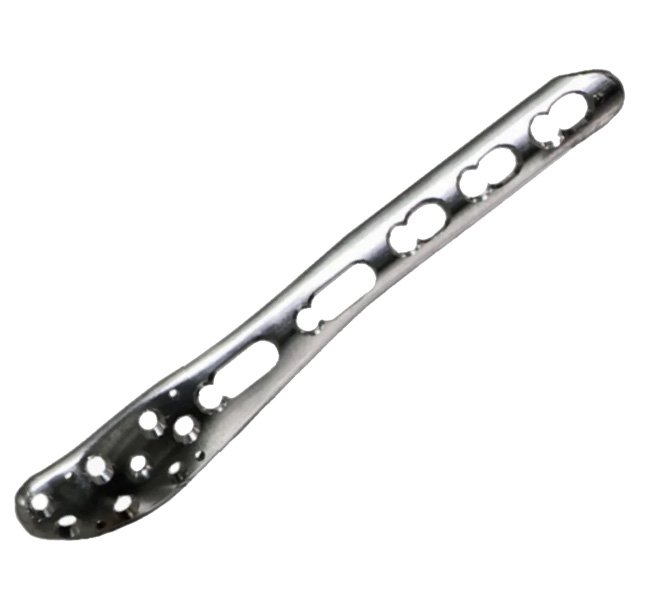
Lateral Proximal Tibia Bone Plate
Dimensions:
108.0 × 16.6 × 9.7 mm
Material:
TC4 titanium alloy
Machining Features:
Curved surface and holes distributed at 13 different angles
Key Machining Highlights:
✓The part is milled from a solid titanium alloy block, with 75% material removal.
✓A dual-spindle high-speed machine completes all features in a single setup, processing two parts in just 1 hour and 11 minutes.
✓Achieves a surface roughness (Ra) of 0.6–0.7 μm, with tool marks <10 μm, eliminating the need for manual polishing and improving both efficiency and product quality.
✓A total of 20,000+ units were produced within 3 months, with a yield rate of 98%!
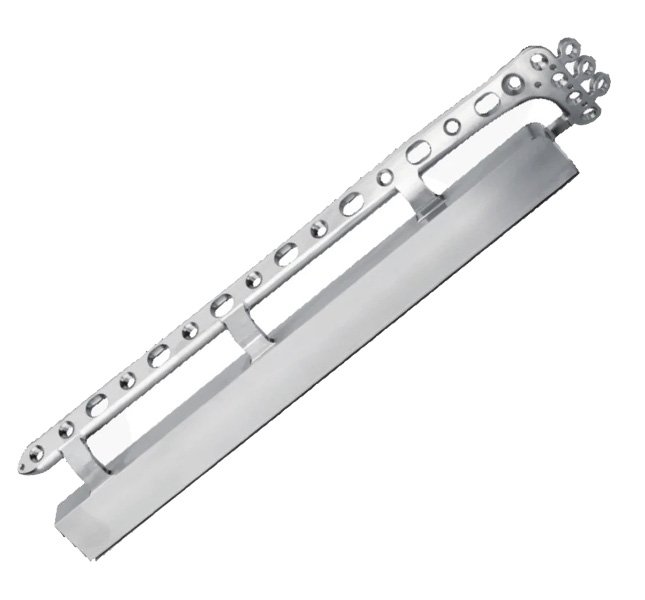
Proximal Tibia Lateral Bone Plate
Dimensions:
242 × 20 × 44 mm
Material:
TC4 Titanium Alloy
Machining Features:
Twisted thin-wall curved surfaces, multi-angle threaded holes
Thanks to China’s centralized procurement policy for medical devices, demand for trauma bone plates has surged. To meet market needs, the customer sought to expand production capacity. After evaluating both efficiency and quality, they opted for 5-axis high-speed machining.
Single-Setup Complete Machining: From a solid titanium alloy block to finished product—all in one clamping.
Faster than 3+2 Axis:
With 5-axis automation, processing time was reduced from 3 h 45 min to just 2 h 40 min per part.
Mass Production Achieved: Over 20,000 fully milled bone plates were produced in 3 months, with 30% higher efficiency and a yield rate exceeding 98%.
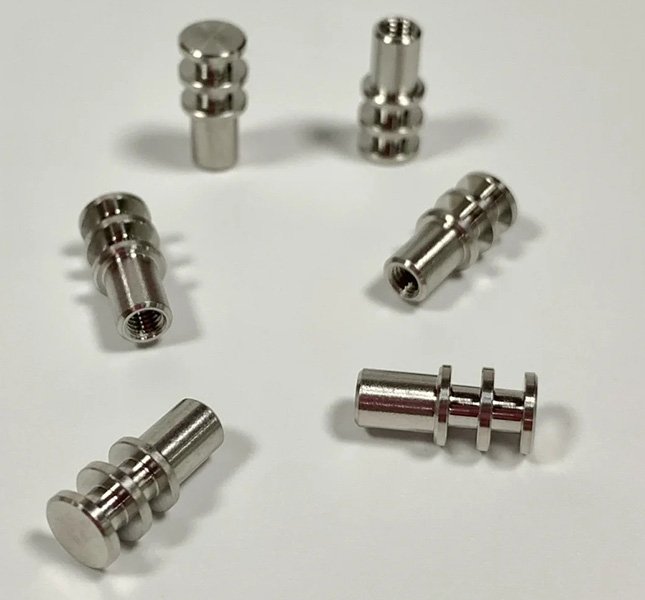
Advantages of Customized CNC Production
Medical devices often require customization based on specific applications or individual patient needs. CNC machining offers high flexibility—simply modifying the computer program allows quick adjustments to machining parameters and part geometries, meeting small-batch and diverse production demands. For example, in manufacturing custom prosthetics and orthotics, 3D scanning and CAD/CAM technologies capture patient limb data, while CNC machining ensures a precise fit, delivering personalized solutions.
Conclusion
With continuous advancements in technology, CNC machining is also evolving. Innovations like 5-axis simultaneous machining and micro-machining will further enhance the efficiency and precision of medical device manufacturing. These developments will better meet the medical industry's ongoing demand for high quality and safety, injecting sustained momentum into the progress of healthcare.
